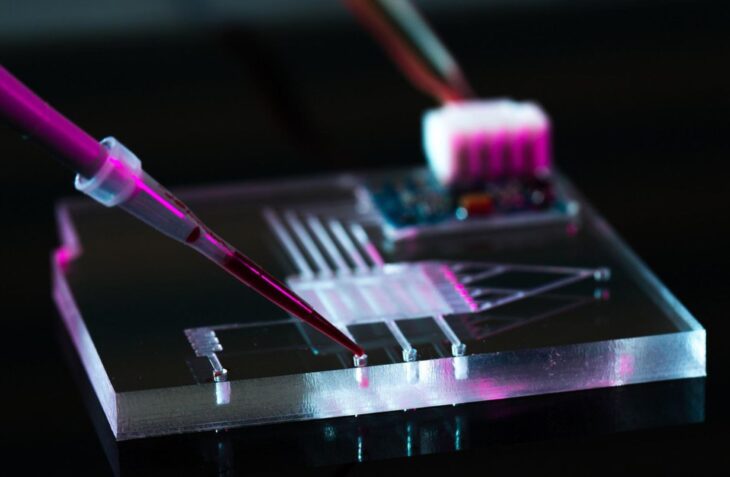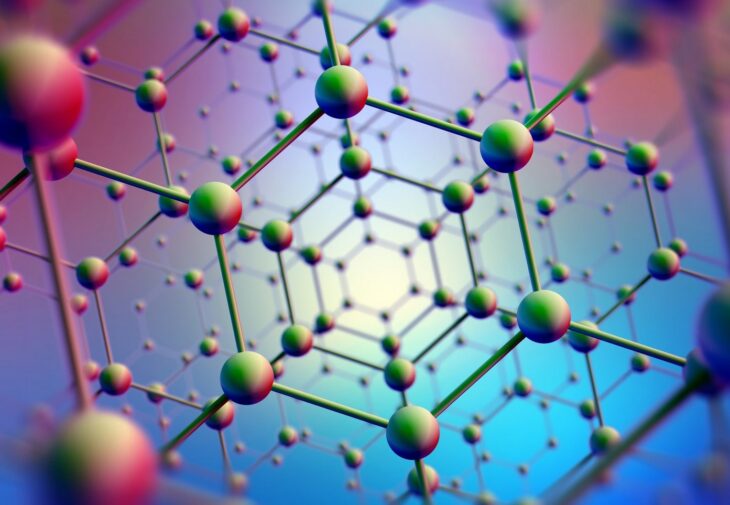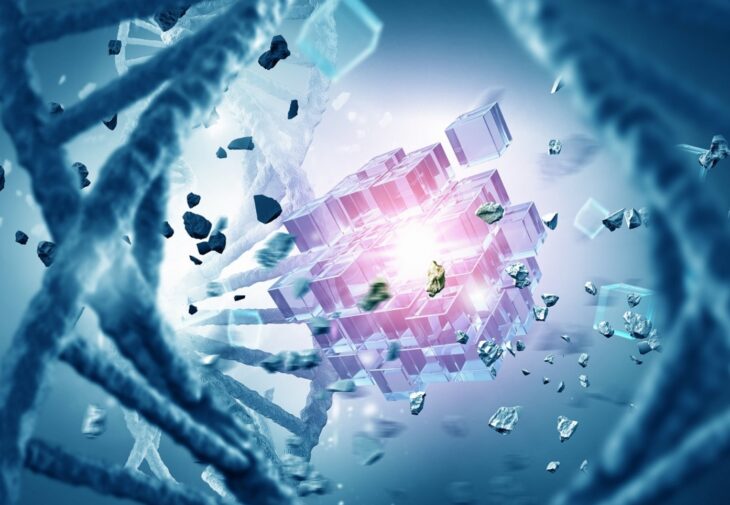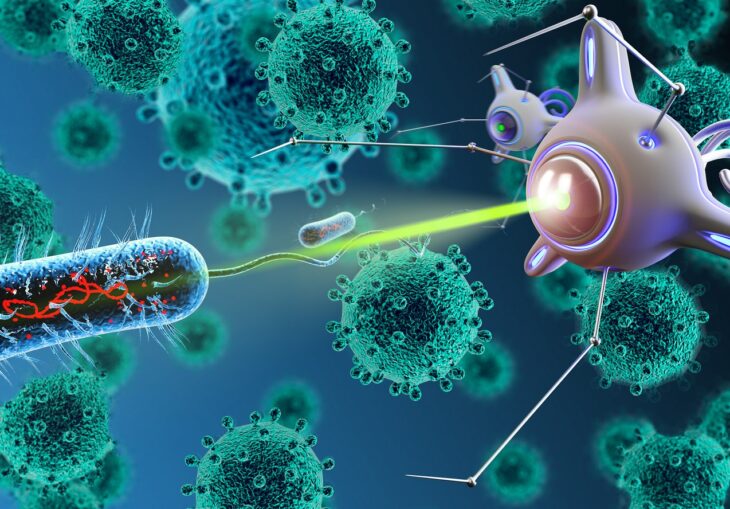Are we going to have a nanotechnology version of the industrial revolution in our near future? While most likely not happening in the next few years, it is approaching us. Maybe to some of us, it looked like progress is not that fast, but that is not true. We should not forget that the computer inside our mobile phones today is much stronger than the computer aboard Apollo 11. And that one landed on the moon. That is why the discipline of nanotechnology warrants immense applications in several fields of science. Computers are just one of them, but it will also change medicine, the automobile industry, our communications, and will generally affect our daily lives. It could surprise you that one of them is biotechnology, but companies like bioinicia.com are exploring this particular area. That is why the government agencies around the world are subsiding research in this field. More and more companies emerge that dedicate themself to nanotechnology, and universities are committing more resources to the education of students as well. The goal is, of course, creating mass-manufacturing techniques and technologies for working goods made of nanoscale elements.

Source: forbes.com
So what exactly is nanotechnology? Well, when we are working with constituents on the atomic level with particles between one and 100 nanometers in proportion. How small is a nanometer precisely? In the metric system, a nanometer is equivalent to one billionth of a meter. There are two methods that we use to produce new and marvelous products. First is the top to down way. In this way, we cut nanomaterial from something larger. That approach is employed more frequently. With it, we obtain most of the products you think of when we say nanotechnology. So computer chips and other daily items are made like that. The second method is the bottom-up way. Here we compile the final product at the atomic level. That way is more complicated and is still in the researching phase, but it is exciting to think of possibilities.
One of the areas that were immensely improved because of this technology is security. Safety equipment has had a revolution of sorts thanks to nanoscale products, and the progress is not stopping. Bio textiles are now the next big thing, and it is becoming prevalent in that field to use nanotechnology. The reasons are that with the use of this breakthrough in science to make fabrics liquid repellent, stain-resistant, and antimicrobial. Guarding people who work in more dangerous jobs is a top priority for the future, so there is no doubt that there will be a continued advancement in this domain, as it should.

Source: Open Access Government
With how increasingly significant is global warming becoming to us, and connected climate change is to fuel consumption, no wonder nanotechnology found purpose in that sphere as well. With the use of polymer nanotechnology, we can scatter the tiniest parts into a model we previously made. That way, we can add many new qualities to some items. Thermal endurance, water and chemical protection, higher tensile strength, and fire resistance, these are all possible to achieve. As we can see, it can have an especially great appliance to car manufacturing. Having tires, for example, that have characteristics we named, would lead to better fuel performance.
Another intriguing benefit could be reducing friction. Nanoscale additions to lubricants have made attainable to have better answers in production. In situations, we have implemented oil to diminish friction in the past. We can now take advantage of nanotechnology. These nanoscale products will be placed between two objects and will lessen the chances for heat, wear, or oil collapse. Not only fossil fuels we usually use are not generous for the environment, but we are bound to use all of them, sooner or later.

Source: Cloud hosting, VPS Hosting
The most astonishing thing about nanotech is that it has achieved so much, and is still pretty new. There will unquestionably be many more discoveries and strides done, so what are the barriers we need to overcome. Most vital is understanding that knowledge is everything in science, and the better we comprehend molecules, atoms, and how they work together, the better. There is also a question of safety since we need to be careful will this new technology, so easy to ingest, will it maybe have unpredictable effects on our bodies? That is why regulations are necessary we cannot make nanoscale products with only profit in mind. Nanotechnology in manufacture will have to be quality over quantity type of products. Cheap and faulty items will have no place in the market for protection purposes.
One of the main effects of regulations should be to ensure traceability. There needs to be a standardized procedure of making nanoscale products, similar to a vaccine system perhaps. Also, the use of a computer to maintain and double-check every step of production is essential. That is notably significant for fields were we ingest or apply these products, like food, cosmetics, and similar. Therefore, correct labeling of final products is also a must. Naturally, the science behind nanotech is too complicated for ordinary consumers. That is why regulations and protection from the government are crucial. But worry not, not only is nanotechnology getting more and more funds from investors, it is getting more attention from legislative bodies too.

Source: MSD Publications
If one thing is sure, it is that this is not the final form of nanotechnology. Additional research will assist companies in advancing performance in many fields. Engineering, microfabrication, molecular biology, organic chemistry, semiconductor physics, energy storage, and molecular engineering are some, but not all of them. One of the main benefits and incentives for developing nanotechnology is the environment. Raw materials, energy, water, greenhouse gases, and many other ways exist to use nanoscale science to help preserve the planet. As a species, we need every possible tool at our disposal if we are to continue to expand. Only with nanotech can we find a way to continue to grow and not hurt the planet as we do that.
